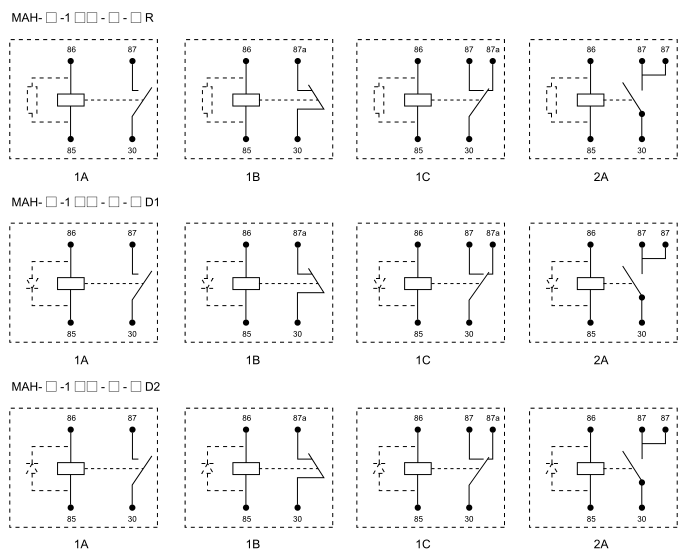exploring relay circuits: the role of meishuo in automation systems
Release time:2025-03-21 02:40:02
A relay circuit is an essential component in the world of electronics and automation. It is a type of electrically operated switch used to control the flow of electricity in a circuit. Relays are widely utilized in various fields such as automotive, industrial automation, home appliances, and even telecommunications. The significance of relays lies in their ability to isolate different parts of a circuit while still allowing electrical signals to pass through. This isolation prevents damage to sensitive components by providing a safe route for high-power signals. Among various Relay manufacturers and innovations, Meishuo has emerged as a noteworthy player, offering high-quality relay circuits that play a crucial role in the advancement of automation systems.

What is a Relay Circuit?
A relay circuit consists of an electromagnet, an armature, a spring, and a set of contacts. The electromagnet, when energized, creates a magnetic field that attracts the armature. This action opens or closes the relay's contacts, thereby controlling the flow of current in the external circuit. There are two primary types of relays: mechanical and solid-state. Mechanical relays use a physical moving component to operate the contacts, while solid-state relays use semiconductor components to perform the switching function without any moving parts.
Relay circuits are employed for a variety of purposes, including switching high voltage or high current signals using low voltage signals. They can also be used to implement logic functions, sequence operations, and provide electrical isolation between different parts of a system. For example, in industrial automation systems, a relay can be used to control motors, lights, or other devices that require high power. In automotive applications, relays are commonly found in starter circuits and power window controls.

